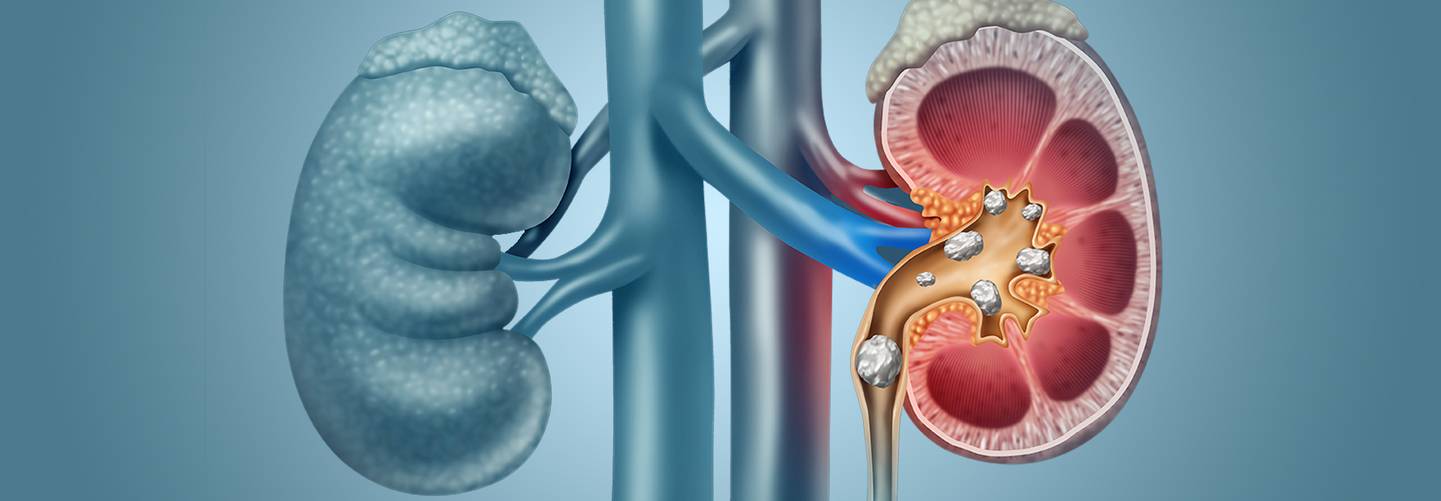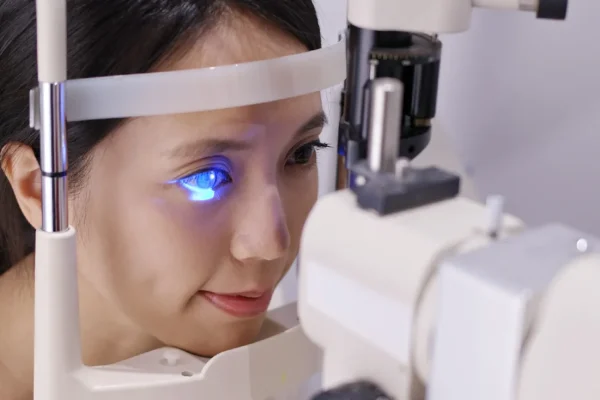
25 Agu Methods of treatment to remove kidney stones
Methods of treatment to remove kidney stones
By Island Hospital | Aug 25, 2021 3:56:33 PM
Prevention is the best cure and proper hydration by drinking enough water each day helps flush the kidneys. In some cases, a change of diet and medications prescribed by the doctor may be sufficient to lower the patient’s risk of kidney stones.
If further treatment is required, the doctor or urologist will be able to provide some options. The best type of treatment and how much it costs to remove the kidney stones will depend the doctor’s recommendation based on on the diagnosis of your kidney stones.
At Island Hospital in Penang, Malaysia, we provide four types of treatment to remove kidney stones – Extracorporeal Shock Wave Lithotripsy (ESWL), Percutaneous Nephrolithonomy (PCNL), Uteroscopy and Retrograde Intrarenal Surgery (RIRS).
A kidney stone is a hard, crystalline mineral material formed within the kidney or urinary tract. Kidney stones are made from chemicals in the urine. Chemicals that can cause kidney stones to form are calcium, oxalate, urate, cystine, xanthine, and phosphate. In most instances, having enough liquid will flush them out in urine and prevent a stone from forming.
Crystals begin to form in the urine when there is too much waste in too little liquid. When the crystals are not passed out of the body with the urine, they will bond together with other elements to form a solid mass that will grow larger over time.
Once formed, a stone may stay in the kidney or travel down the urinary tract into the ureter. Tiny stones may eventually pass out of the body in the urine. But stones that remain in the body can cause a back-up of urine in the kidney, ureter, the bladder, or the urethra. This irritation or blockage is what causes the pain.
The medical term for kidney stones is Nephrolithiasis.
Kidney stones are fairly common. It is estimated that one in every 20 people develops kidney stones at some point in their life. The risk of kidney stones is about 11% in men and 9% in women. People with gout, high blood pressure, diabetes, and obesity as well as those who take certain medications or supplements have a higher risk for kidney stones. Dehydration from the drinking too little water is a major risk factor but diet and hereditary factors are also related to stone formation. Causes of kidney stones include strenuous exercise without enough fluid replacement, or eating food with too much salt or sugar.
In the worst case scenario, you may end up with chronic kidney disease if you do not get treatment to remove kidney stones. Over a period of time, a very large stone that is left untreated can also result in renal failure. Once a kidney stone is diagnosed, it is vital to get it removed as it is a medical issue with a real risk of long-term kidney damage.
Kidney stones vary in size, from a grain of sand to the size of a pea or bigger. Symptoms of kidney stones include one or more of the following:
- Severe pain on the sides of your lower back
- Pain to the groin and abdomen
- Persistent stomach ache
- Burning pain when urinating
- Blood in the urine (hematuria)
- Cloudy or smelly urine
- Nausea or vomiting
- Fever and chills
If you are suspected to have a kidney stone, your doctor may recommend one or some of the following diagnostic tests and procedures:
Blood testing. Blood tests may reveal too much calcium or uric acid in your blood. Blood test results help monitor the health of your kidneys and may lead your doctor to check for other medical conditions.
Imaging. Imaging tests may show kidney stones in your urinary tract. High-speed or dual energy computerized tomography (CT) may reveal even tiny stones. Simple abdominal X-rays are used less frequently because this kind of imaging test can miss small kidney stones.
Ultrasound, a noninvasive test that is quick and easy to perform, is another imaging option to diagnose kidney stones.
Analysis of passed stones. You may be asked to urinate through a strainer to catch stones that you pass. Lab analysis will reveal the makeup of your kidney stones. Your doctor uses this information to determine what’s causing your kidney stones and to form a plan to prevent more kidney stones.
The treatment for kidney stones will depend on the type of stone, the symptoms and the cause.
Generally, small kidney stones with minimal symptoms do not require surgery or invasive treatment as patients should be able to pass a small stone through the ureter to the bladder naturally by drinking enough liquids to keep the urine diluted.
Other non-invasive treatments for small stones include pain-relief medications and, in some cases, medications to relax the muscles in your ureter and promote the passage of urine.
For large stones that are not able to pass on their own or cause bleeding, kidney damage or urinary tract infections, more-extensive treatments are required.
Extracorporeal Shock Wave Lithotripsy (ESWL) is a popular non-surgical treatment to remove kidney stones using focused sound waves. EWSL can done at Island Hospital in Penang, Malaysia.
Extracorporeal Shock Wave Lithotripsy (ESWL)
Extracorporeal shock wave lithotripsy (ESWL) is a technique for treating stones in the kidney and ureter that does not require surgery. It is ideal for treating stones that are smaller than 2 cm in diameter.
ESWL uses sound waves to break up stones – high energy acoustic waves are targeted on the stone with the help of a lens. The sound waves create vibrations that are powerful enough to break the stone into tiny pieces that can be passed in your urine on their own. The treatment takes about 45 to 60 minutes and may cause moderate pain, hence sedation or light anesthesia may be required.
The progress of patient’s recovery after this procedure is excellent with extremely minimal postoperative complications in general.
Extracorporeal Shock Wave Lithotripsy (ESWL) treatment for kidney stone removal can done at Island Hospital in Penang. You may make an appointment to consult any of our urology specialist here
PCNL is the accepted standard of care for patients with kidney stones that are large or resistant to other forms of stone treatment, i.e., staghorn stone.
A tube is placed through the incision into the kidney under x-ray guidance. A small telescope is then passed through the tube to locate the stone, break it up and remove it from the body. If necessary a laser or other device called a lithotripter may be used to break up the stone before it can be removed.
Patients will receive general anesthesia during the surgery and be in the hospital for three to four days for recovery.
Ureteroscopy uses a small scope (like a flexible telescope) to remove kidney stones. Ureteroscopy is most often used for stones in the ureter, especially for stones closest to the bladder, in the lower half of the ureter.
Your doctor passes a thin lighted tube (ureteroscope) equipped with a camera through your urethra and bladder. It allows the urologist to actually look into the ureter, locate the stone and remove it using special tools that can grab the stone, pull it free or use laser to break it so that will pass in your urine. A small tube (stent) may be placed in the ureter to relieve swelling and promote healing.
General or local anesthesia may be required during this outpatient procedure.
Retrograde Intrarenal Surgery (RIRS) is a procedure for doing surgery within the kidney using a viewing tube called a fiberoptic endoscope.
The scope is inserted through the urethra into the bladder and then through the ureter into the urine-collecting part of the kidney. The scope thus is then maneuvered up the urinary tract system to within the kidney (intrarenal). Once the stone is seen through the scope, it can be fragmented using laser.
RIRS procedure is usually done under general anesthesia.







